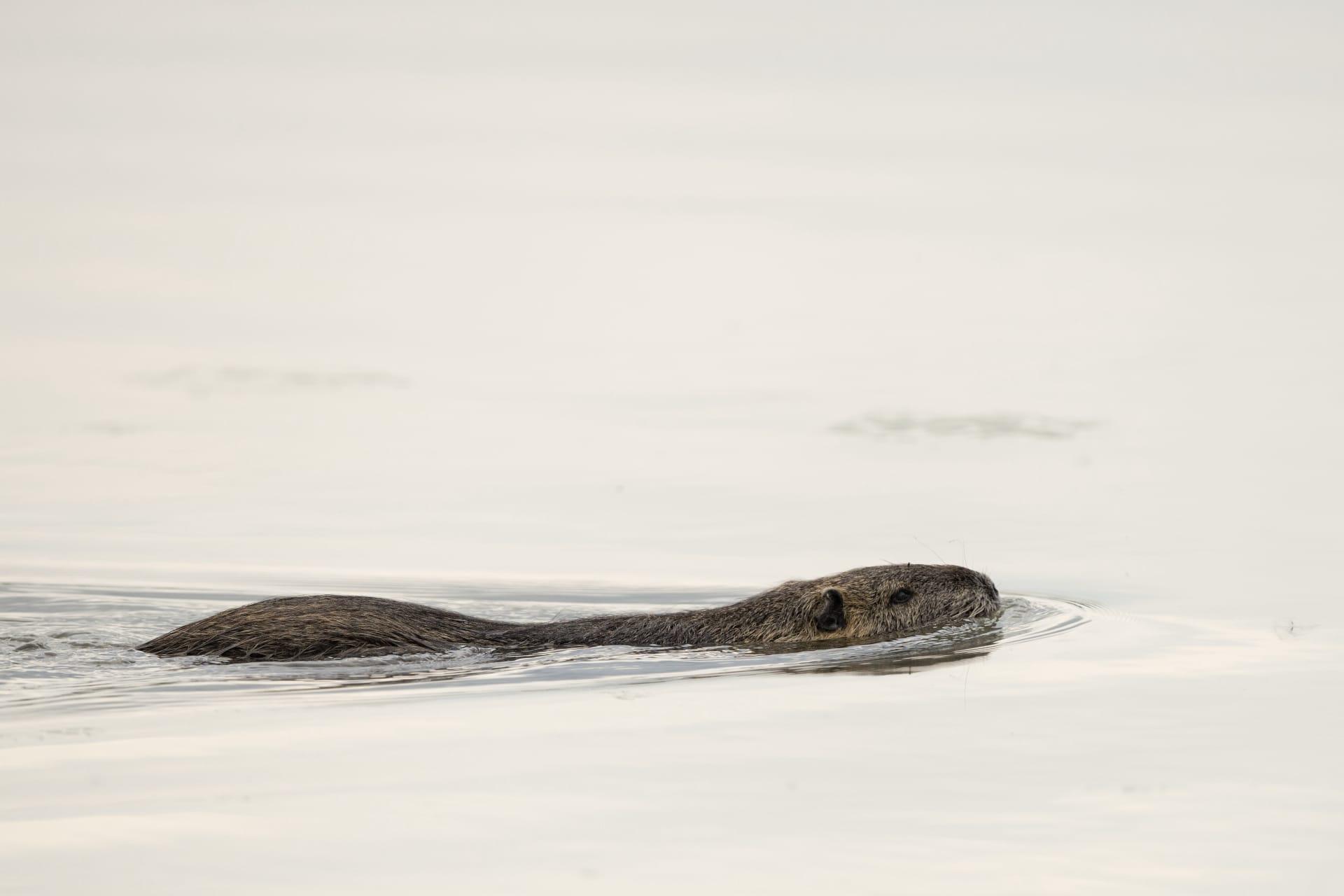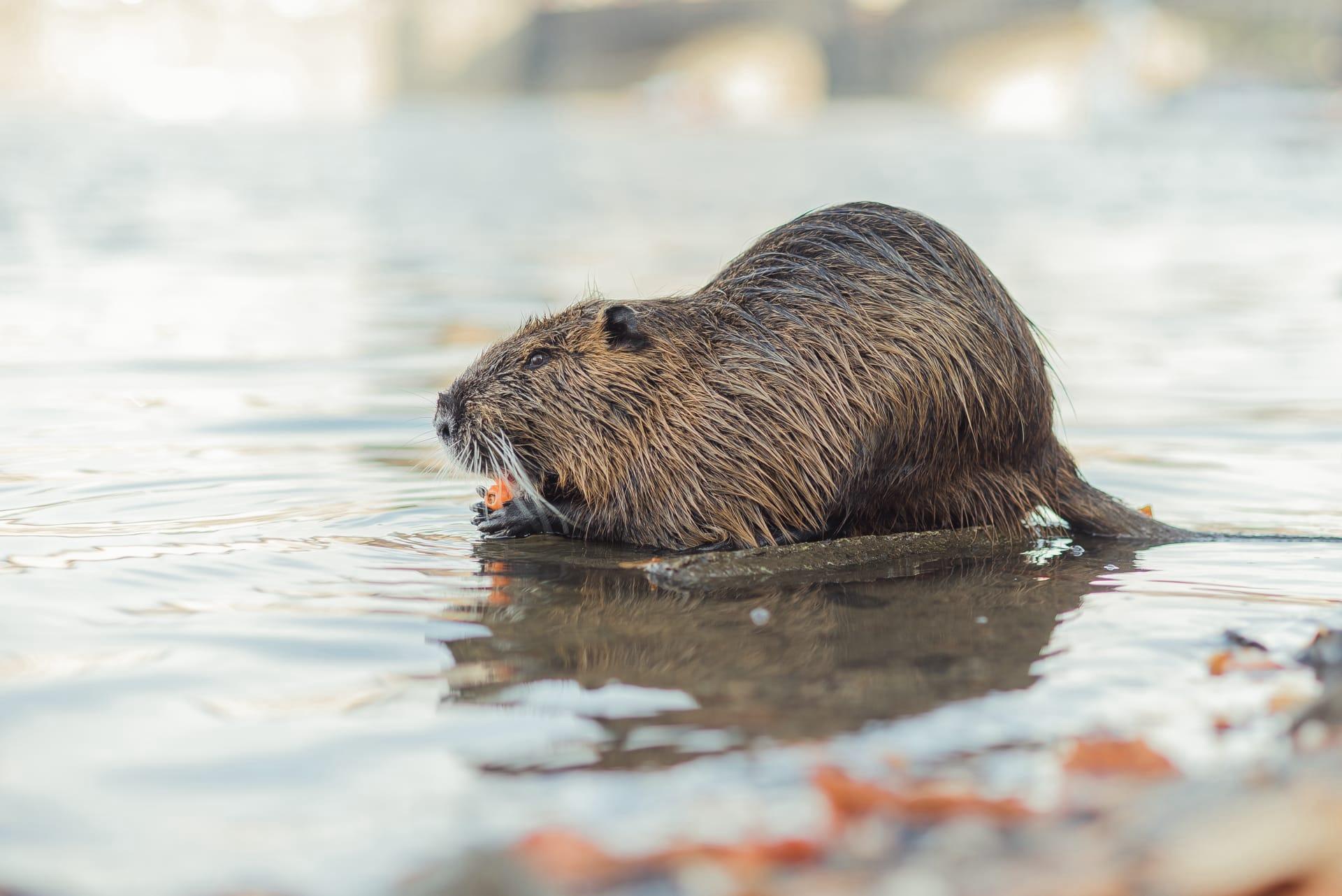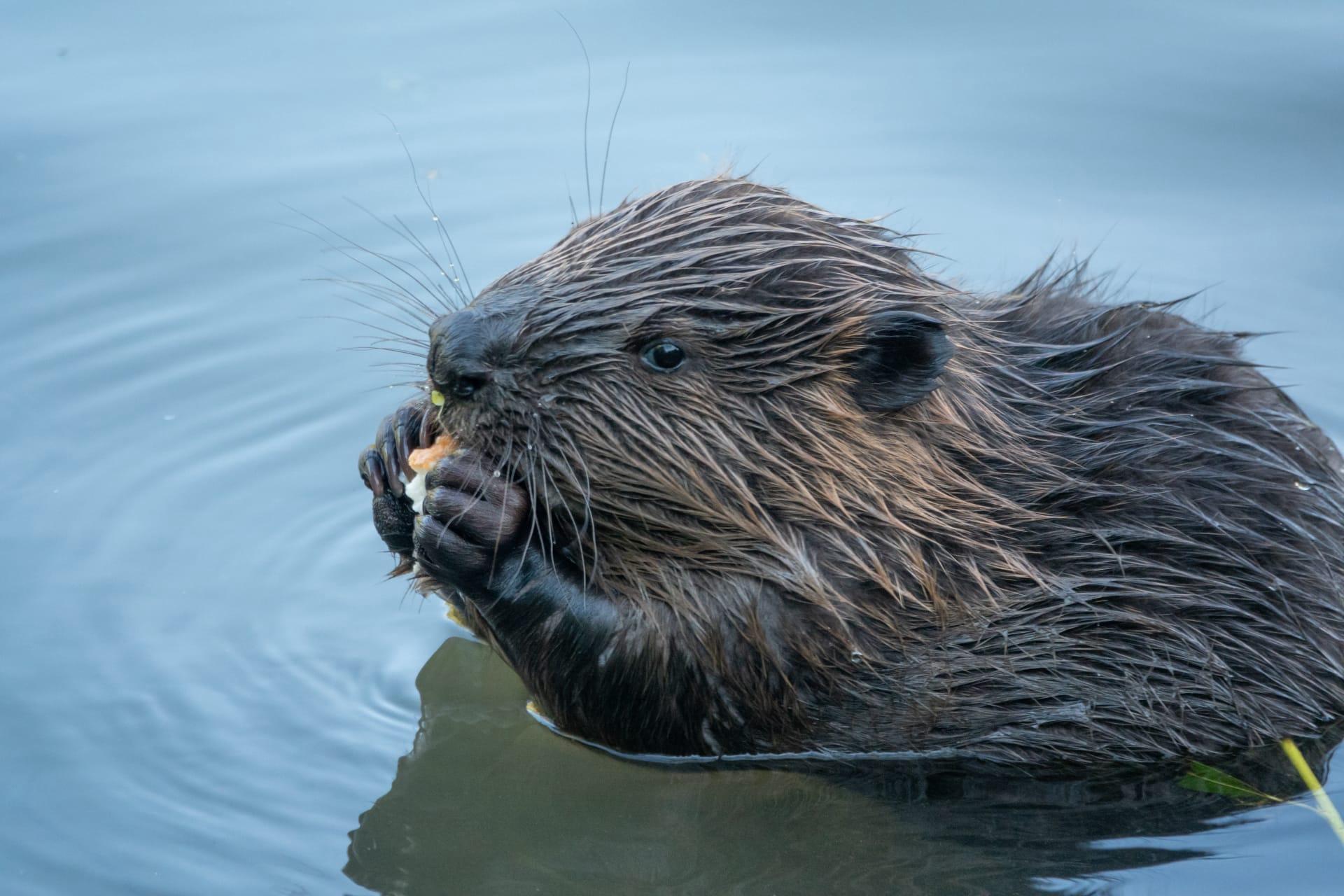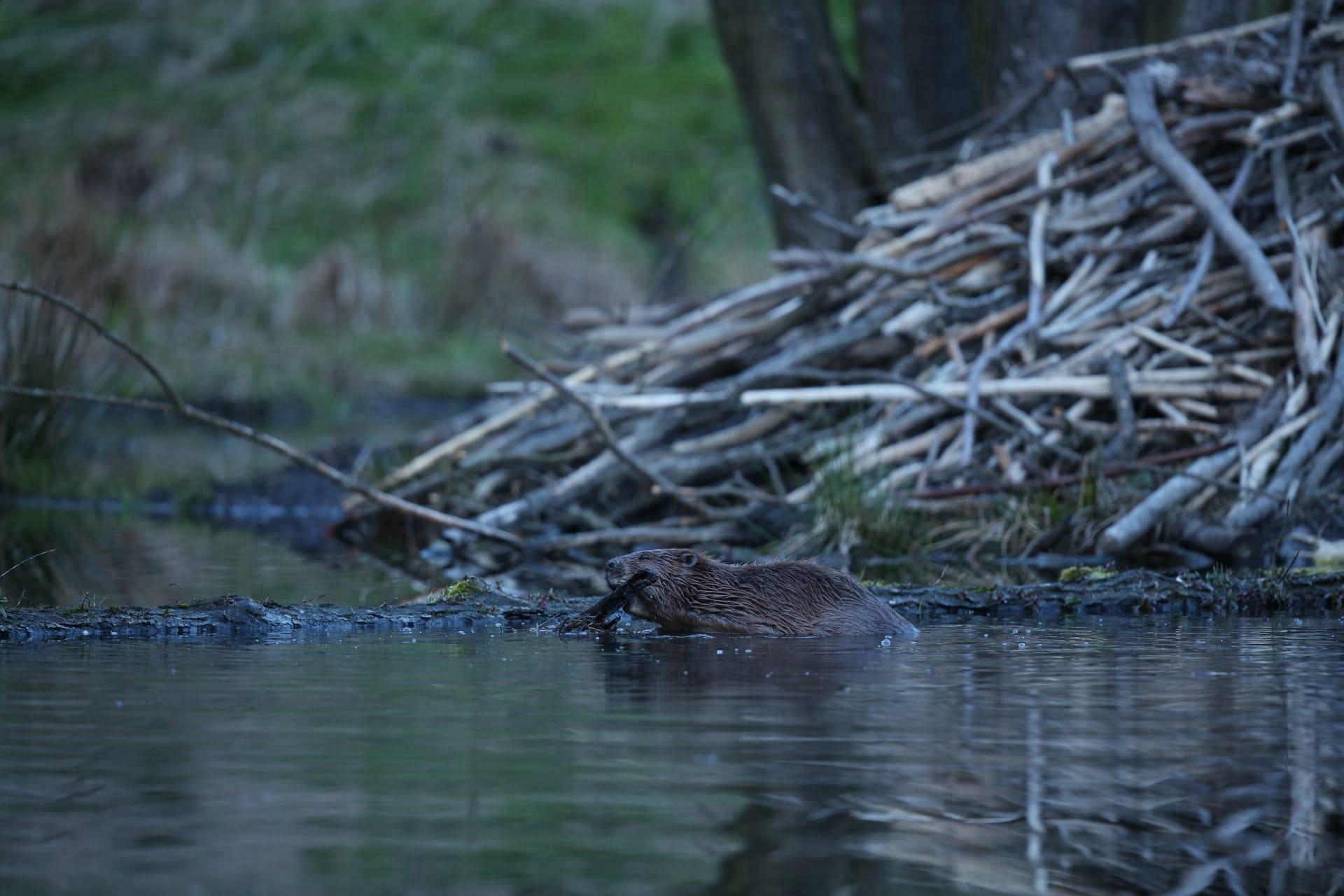Beaver Trivia
- Home /
- Trivia Question /
- Animal /
- Beaver Trivia
1
Question: How long can beavers live in the wild, and does this change in captivity?
Answer: Beavers typically live up to 10-15 years in the wild. However, in captivity, with the absence of predators and access to regular food and medical care, they can live up to 20 years. Their longevity is influenced by their ability to avoid predators and maintain good health.
Question: What are the dimensions of the largest beaver dam ever recorded, and where is it located?
Answer: The world's largest beaver dam, located in Wood Buffalo National Park, Alberta, Canada, measures an astonishing 850 meters in length. It's so massive it can even be spotted from space! The dam, which is still growing, is the result of several beaver families working on it over many years.

2
Question: Is it true that beavers eat fish, considering they are often seen in water?
Answer: Contrary to popular belief, beavers are strict vegetarians. They mainly consume bark, twigs, leaves, and aquatic plants. Their diet does not include fish. This misconception might arise from their semi-aquatic lifestyle and proficiency in water.
Question: Do beavers really use their tails to carry mud and stones for dam construction?
Answer: No, this is a myth. Beavers use their tails primarily for balance when standing upright, as rudders when swimming, and to slap the water as a warning signal. They carry building materials like mud and stones with their front paws and teeth, not their tails.

3
Question: How many teeth do beavers have, and what’s special about them?
Answer: Beavers have 20 teeth, with the most notable being their large, ever-growing incisors. These incisors are uniquely adapted to gnaw through wood, thanks to a layer of hard enamel containing iron, which makes them strong and resistant to acid, and gives them their characteristic orange color.
Question: Can beavers really change the ecosystem with their dam-building activities?
Answer: Absolutely! Beaver dams create wetlands, which are crucial for biodiversity. They can increase water table levels, reduce erosion, and create habitats for numerous species like fish, birds, and amphibians. Their engineering works can transform landscapes and support diverse ecosystems.

4
Question: How much wood can a beaver cut down in a single night?
Answer: A beaver can cut down trees as large as 15 cm in diameter in a single night. Their powerful jaws and sharp teeth enable them to gnaw through wood efficiently. This remarkable ability showcases their role as natural engineers in their habitats.
Question: Do beavers hibernate during winter, and how do they survive the cold?
Answer: Beavers do not hibernate. They remain active throughout winter. To prepare, they store sticks and logs in a pile in their pond, underwater near their lodge. This serves as a food reserve when the surface of the pond freezes over, allowing them to access food throughout the cold months.

5
Question: What is the size range of a typical beaver lodge, and how is it constructed?
Answer: Beaver lodges are typically around 2-3 meters high and 4-6 meters wide, but can vary. They are constructed using branches, mud, and rocks. The interior includes a dry living chamber above the water line and multiple underwater entrances, providing protection from predators.
Question: How do beavers communicate with each other?
Answer: Beavers communicate through a variety of vocalizations, scents, and tail slaps. Vocalizations can include whining and hissing sounds, especially among kits. Scent marking with castoreum, a substance from their scent glands, helps in territorial marking and signaling reproductive status. Tail slaps on water act as an alarm signal to warn other beavers of potential dangers.